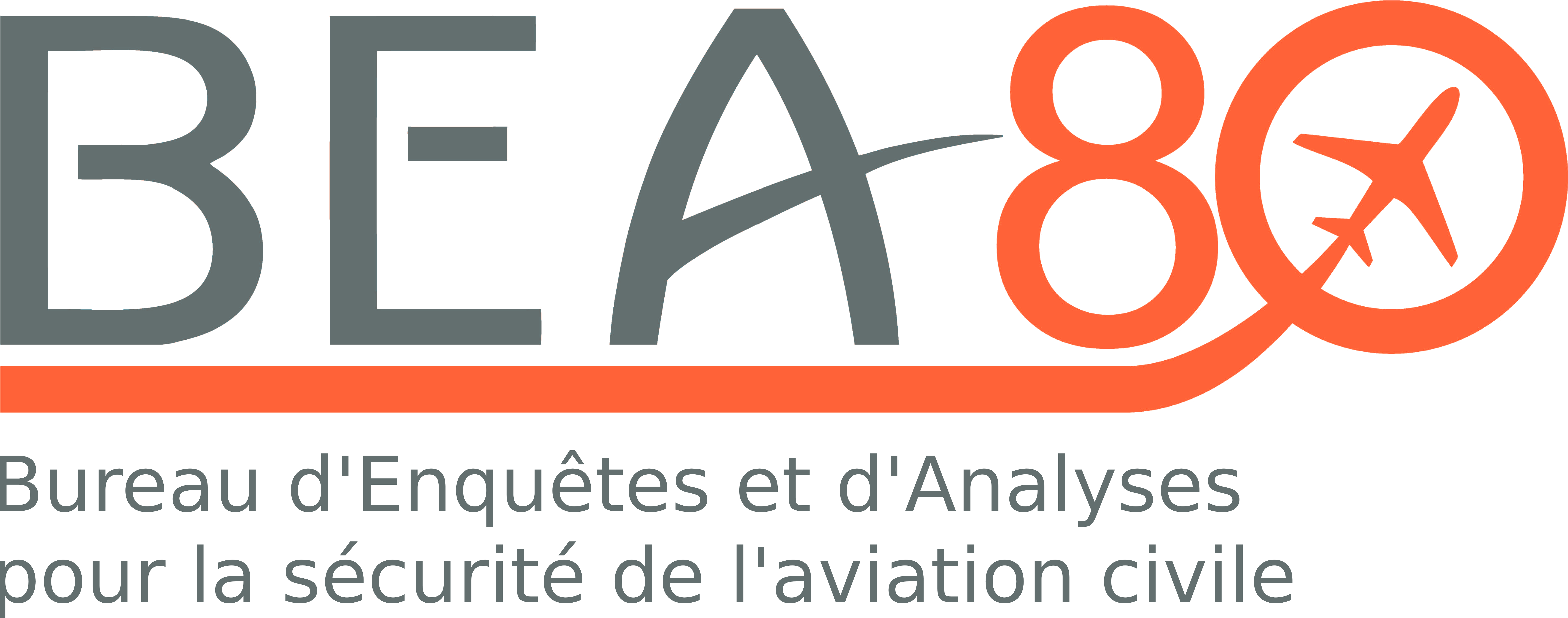Accident to the Piper PA28 registered F-HEHM on 01/07/2015 at Treilles (Aude)
Collision avec le relief en croisière par conditions météorologiques défavorables
The pilot was carrying out a ferry flight under VFR from Montpellier bound for Perpignan (in Pyréneés-Orientales) along a coastal route known to him.
A layer of cloud covered all of the coastal region at daybreak. The weather forecasts indicated that they would become favourable at the end of the morning. At Montpellier aerodrome (in Hérault), a marked improvement in the meteorological conditions was observed at around 10:30. Already, Perpignan aerodrome, closed to VFR traffic on opening at 6:30 due to the meteorological conditions was in special VFR conditions at 8:00.
However, the ceiling below 500 ft around reporting point NL (north of Perpignan CTR), not shown on the weather charts, made the continuation of a VFR flight on a coastal transit impossible at this point.
Two other aeroplanes which were flying a coastal transit from Montpellier had reported to Montpellier Approach control their decision to divert due to the adverse meteorological conditions present around NL.
The pilot of F-HEHM, approaching NL and in radio contact with Montpellier Approach, had started descending due to the cloud layers without asking for weather information or help from the control unit. The controller asked him to maintain VMC conditions.
The pilot curved landwards, advising that he was flying around a cloud layer.
Witnesses in Treilles (village in Aude) saw the aeroplane fly under the cloud layer. In this area, the reduced visibility may have prevented the pilot from identifying sufficiently early, the high terrain in front of him, possible frequency changes may have contributed to the high terrain not being detected in time.
F-HEHM flying at cruise speed and at an altitude of 690 ft, struck high terrain close to Treilles, the peak of which was at that time in fog.
The investigation brought to light that the pilot’s determination to get to his destination, overconfidence due to his very good knowledge of the route and the proximity of the destination aerodrome may have led him to continue the flight despite the deterioration in conditions.
In such a situation, an outside aid can help a pilot relinquish his initial intentions and lead him to anticipate a modification in his flight path or envisage turning around.
The systematic passing on, to VFR pilots, of information related to meteorological conditions making the continuation of the VFR flight impossible, and pilot reports was not one of the practices of the control unit.
This information was not given during the controller handovers which meant that it was not possible to guarantee that the controllers starting their duty had knowledge of it.
The BEA has addressed two safety recommendations to the DGAC regarding:
- the effective provision of the Flight Information Service (FIS) by the control services, as described in European regulation No 923/2012 (SERA);
- informing and raising awareness of general aviation pilots with respect to the issuing of air reports.
The BEA has addressed two safety recommendations to the DSNA regarding:
- the setting up of an effective system for processing VFR pilot reports received by the control centres;
- the transmission during controller handovers, of pilot reports or meteorological conditions likely to affect the continuation of a VFR flight.
